HSBC 2004 Annual Report Download - page 163
Download and view the complete annual report
Please find page 163 of the 2004 HSBC annual report below. You can navigate through the pages in the report by either clicking on the pages listed below, or by using the keyword search tool below to find specific information within the annual report.-
 1
1 -
 2
2 -
 3
3 -
 4
4 -
 5
5 -
 6
6 -
 7
7 -
 8
8 -
 9
9 -
 10
10 -
 11
11 -
 12
12 -
 13
13 -
 14
14 -
 15
15 -
 16
16 -
 17
17 -
 18
18 -
 19
19 -
 20
20 -
 21
21 -
 22
22 -
 23
23 -
 24
24 -
 25
25 -
 26
26 -
 27
27 -
 28
28 -
 29
29 -
 30
30 -
 31
31 -
 32
32 -
 33
33 -
 34
34 -
 35
35 -
 36
36 -
 37
37 -
 38
38 -
 39
39 -
 40
40 -
 41
41 -
 42
42 -
 43
43 -
 44
44 -
 45
45 -
 46
46 -
 47
47 -
 48
48 -
 49
49 -
 50
50 -
 51
51 -
 52
52 -
 53
53 -
 54
54 -
 55
55 -
 56
56 -
 57
57 -
 58
58 -
 59
59 -
 60
60 -
 61
61 -
 62
62 -
 63
63 -
 64
64 -
 65
65 -
 66
66 -
 67
67 -
 68
68 -
 69
69 -
 70
70 -
 71
71 -
 72
72 -
 73
73 -
 74
74 -
 75
75 -
 76
76 -
 77
77 -
 78
78 -
 79
79 -
 80
80 -
 81
81 -
 82
82 -
 83
83 -
 84
84 -
 85
85 -
 86
86 -
 87
87 -
 88
88 -
 89
89 -
 90
90 -
 91
91 -
 92
92 -
 93
93 -
 94
94 -
 95
95 -
 96
96 -
 97
97 -
 98
98 -
 99
99 -
 100
100 -
 101
101 -
 102
102 -
 103
103 -
 104
104 -
 105
105 -
 106
106 -
 107
107 -
 108
108 -
 109
109 -
 110
110 -
 111
111 -
 112
112 -
 113
113 -
 114
114 -
 115
115 -
 116
116 -
 117
117 -
 118
118 -
 119
119 -
 120
120 -
 121
121 -
 122
122 -
 123
123 -
 124
124 -
 125
125 -
 126
126 -
 127
127 -
 128
128 -
 129
129 -
 130
130 -
 131
131 -
 132
132 -
 133
133 -
 134
134 -
 135
135 -
 136
136 -
 137
137 -
 138
138 -
 139
139 -
 140
140 -
 141
141 -
 142
142 -
 143
143 -
 144
144 -
 145
145 -
 146
146 -
 147
147 -
 148
148 -
 149
149 -
 150
150 -
 151
151 -
 152
152 -
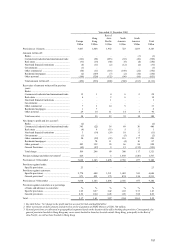 153
153 -
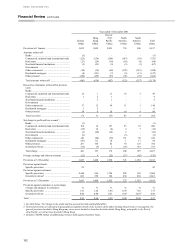 154
154 -
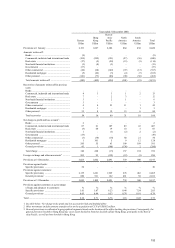 155
155 -
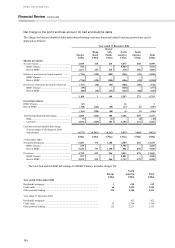 156
156 -
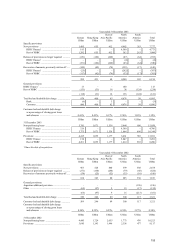 157
157 -
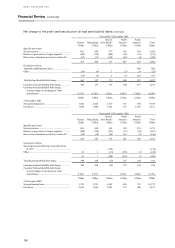 158
158 -
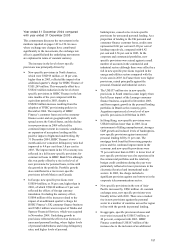 159
159 -
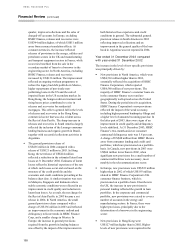 160
160 -
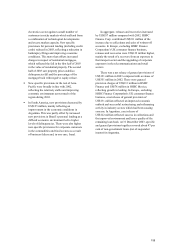 161
161 -
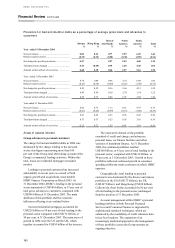 162
162 -
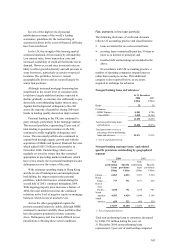 163
163 -
 164
164 -
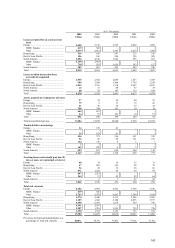 165
165 -
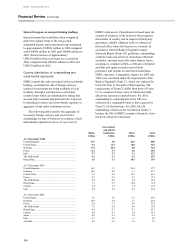 166
166 -
 167
167 -
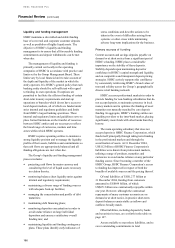 168
168 -
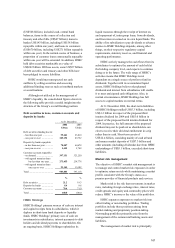 169
169 -
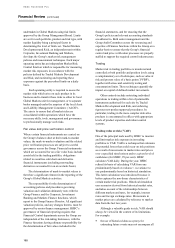 170
170 -
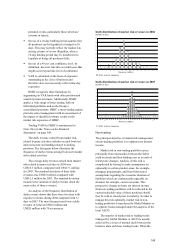 171
171 -
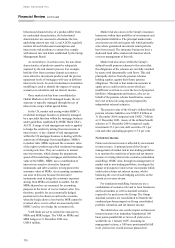 172
172 -
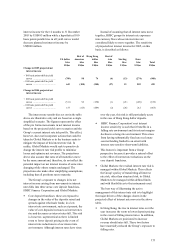 173
173 -
 174
174 -
 175
175 -
 176
176 -
 177
177 -
 178
178 -
 179
179 -
 180
180 -
 181
181 -
 182
182 -
 183
183 -
 184
184 -
 185
185 -
 186
186 -
 187
187 -
 188
188 -
 189
189 -
 190
190 -
 191
191 -
 192
192 -
 193
193 -
 194
194 -
 195
195 -
 196
196 -
 197
197 -
 198
198 -
 199
199 -
 200
200 -
 201
201 -
 202
202 -
 203
203 -
 204
204 -
 205
205 -
 206
206 -
 207
207 -
 208
208 -
 209
209 -
 210
210 -
 211
211 -
 212
212 -
 213
213 -
 214
214 -
 215
215 -
 216
216 -
 217
217 -
 218
218 -
 219
219 -
 220
220 -
 221
221 -
 222
222 -
 223
223 -
 224
224 -
 225
225 -
 226
226 -
 227
227 -
 228
228 -
 229
229 -
 230
230 -
 231
231 -
 232
232 -
 233
233 -
 234
234 -
 235
235 -
 236
236 -
 237
237 -
 238
238 -
 239
239 -
 240
240 -
 241
241 -
 242
242 -
 243
243 -
 244
244 -
 245
245 -
 246
246 -
 247
247 -
 248
248 -
 249
249 -
 250
250 -
 251
251 -
 252
252 -
 253
253 -
 254
254 -
 255
255 -
 256
256 -
 257
257 -
 258
258 -
 259
259 -
 260
260 -
 261
261 -
 262
262 -
 263
263 -
 264
264 -
 265
265 -
 266
266 -
 267
267 -
 268
268 -
 269
269 -
 270
270 -
 271
271 -
 272
272 -
 273
273 -
 274
274 -
 275
275 -
 276
276 -
 277
277 -
 278
278 -
 279
279 -
 280
280 -
 281
281 -
 282
282 -
 283
283 -
 284
284 -
 285
285 -
 286
286 -
 287
287 -
 288
288 -
 289
289 -
 290
290 -
 291
291 -
 292
292 -
 293
293 -
 294
294 -
 295
295 -
 296
296 -
 297
297 -
 298
298 -
 299
299 -
 300
300 -
 301
301 -
 302
302 -
 303
303 -
 304
304 -
 305
305 -
 306
306 -
 307
307 -
 308
308 -
 309
309 -
 310
310 -
 311
311 -
 312
312 -
 313
313 -
 314
314 -
 315
315 -
 316
316 -
 317
317 -
 318
318 -
 319
319 -
 320
320 -
 321
321 -
 322
322 -
 323
323 -
 324
324 -
 325
325 -
 326
326 -
 327
327 -
 328
328 -
 329
329 -
 330
330 -
 331
331 -
 332
332 -
 333
333 -
 334
334 -
 335
335 -
 336
336 -
 337
337 -
 338
338 -
 339
339 -
 340
340 -
 341
341 -
 342
342 -
 343
343 -
 344
344 -
 345
345 -
 346
346 -
 347
347 -
 348
348 -
 349
349 -
 350
350 -
 351
351 -
 352
352 -
 353
353 -
 354
354 -
 355
355 -
 356
356 -
 357
357 -
 358
358 -
 359
359 -
 360
360 -
 361
361 -
 362
362 -
 363
363 -
 364
364 -
 365
365 -
 366
366 -
 367
367 -
 368
368 -
 369
369 -
 370
370 -
 371
371 -
 372
372 -
 373
373 -
 374
374 -
 375
375 -
 376
376 -
 377
377 -
 378
378
 |
 |

161
In view of the high levels of personal
indebtedness in many of the world’ s leading
economies, guidelines for the restructuring of
customer facilities in the event of financial difficulty
have been reinforced.
In the US, the strength of the housing market
continued unabated, driven mainly by affordability.
Low interest rates, lower transaction costs and
increased availability of credit all fuelled the rise in
demand. However, recent rises in interest rates are
likely to affect growth adversely and add pressure to
some borrowers, particularly in certain overpriced
locations. The portfolios, however, remain
geographically diverse and are secured largely by
senior lien positions.
Although increased mortgage borrowing has
contributed to the record level of consumer debt,
levels have largely stabilised and are expected to
decline gradually, as incomes rise sufficiently to pay
down debt, notwithstanding higher interest rates.
Against this background, delinquency rates fell
across the majority of portfolios during 2004 and
trends in lending quality showed an improvement.
Personal lending in the UK also continued to
grow strongly, particularly in the mortgage market.
This secured portfolio, representing 55 per cent of
total lending to personal customers in the UK,
continued to suffer negligible delinquency and
losses. The unsecured portfolio also continued to
expand both through organic growth and with the
acquisition of Marks and Spencer Financial Services,
which added US$5.3 billion to the portfolio in
November 2004. Underwriting criteria were
regularly reviewed to ensure that they remained
appropriate in prevailing market conditions, which
have seen a steady rise in personal bankruptcies and
delinquencies over the course of the year.
With consumer spending rising in Hong Kong
and the levels of bankruptcies and unemployment
both falling, the improvement in the personal
portfolios, which first became evident during the
second half of 2003, continued throughout 2004.
With ongoing property price increases a feature of
2004, the most notable trend was the continued
reduction in the level of negative equity on mortgage
balances, which is now at modest levels.
Across the other geographical regions the
position remained relatively stable, although HSBC
continued to monitor carefully those portfolios that
have the greatest potential for future economic
stress. Delinquency and loss trends differed across
jurisdictions, reflecting these varied conditions.
Risk elements in the loan portfolio
The following disclosure of credit risk elements
reflects US accounting practice and classifications:
• loans accounted for on a non-accrual basis;
• accruing loans contractually past due 90 days or
more as to interest or principal; and
• troubled debt restructurings not included in the
above.
In accordance with UK accounting practice, a
number of operating companies suspend interest
rather than ceasing to accrue. This additional
category is also reported below, as are assets
acquired in exchange for advances.
Non-performing loans and advances1
At 31 December
2004
US$m
2003
US$m
Banks ........................................ 25 24
Customers
– HSBC Finance ....................... 4,201 4,706
– Other HSBC............................ 9,058 10,344
13,259 15,050
Total non-performing loans
and advances........................... 13,284 15,074
Total provisions cover as a
percentage of non-performing
loans and advances ................. 95.5% 91.0%
1 Net of suspended interest.
Non-performing customer loans1 and related
specific provisions outstanding by geographical
segment
2004 2003
Non-
performing
loans
Specific
provisions
Non-
performing
loans
Specific
provisions
US$m US$m US$m US$m
Europe ...... 6,065 4,036 5,701 3,554
Hong
Kong ...... 773 331 1,671 629
Rest of
Asia-
Pacific .... 1,180 791 1,538 981
North
America . 4,583 4,420 5,444 5,184
South
America 658 522 696 530
13,259 10,100 15,050 10,878
1 Net of suspended interest.
Total non-performing loans to customers decreased
by US$1,791 million during the year. At
31 December 2004, non-performing loans
represented 1.9 per cent of total lending compared
